Amsterdam is the capital of the Netherlands, a city located in the province of North Holland in the centre part of the country. It is also a controversial city, one of the most well-known and visited capitals in the whole of Europe and a place where hundreds of cultures blend together in creating a melting pot of cultures.
Amsterdam means the Dam in the river Amstel. The Netherlands is built on top of the water and one of the main features are the dams to keep the water flow under control. A lot of cities get their name after their location and Amsterdam is located in the dam by the river Amstel, affluent of the Rhine.
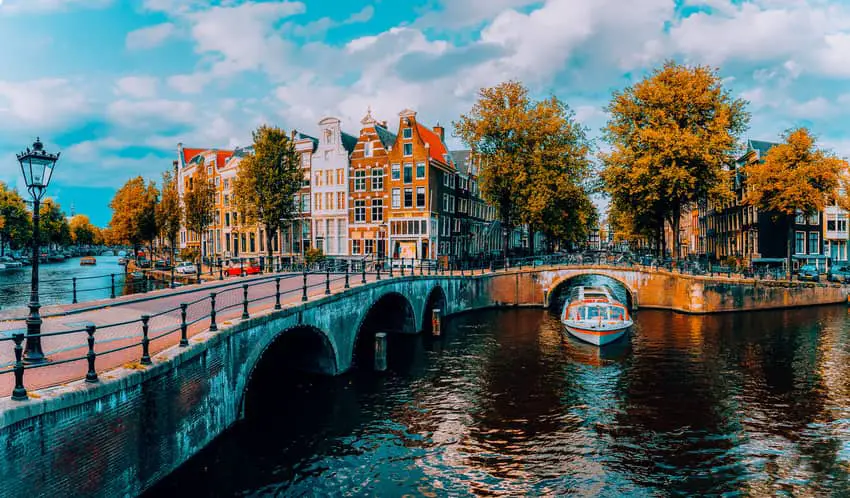
Like many other cities in the world, Amsterdam takes its name after its location, a real description that defines as well the Dutch mentality: pragmatic, practice and efficient. Due to its history and strategic location, Amsterdam was the perfect reference for the merchants coming from the Rhine to know where they were heading into. Do you like history? Get to know a little more about this beautiful city.
Amsterdam: The Origin of the Dam
The word Dam comes from the Dutch language, a word that defines the engineering work that Dutch people had to develop in order to populate their land: a barrier or barricade that works to keep the flow rate low enough to live in a certain territory.
All in all, one-third of the Netherlands would be covered under the water if it weren’t because of these constructions that contain not only the seawater but also the canals and all the affluents that end up in the Netherlands.
Amsterdam is one of the cities which has territories under the sea level. This also includes the airport, Schiphol, which is the lowest airport in the world, 3 meters under the sea level. Here you can read the article answering question: Is Amsterdam below sea level?
Origin of the Dam
The origin of the city of Amsterdam was the high amount of merchants: in the 12th century, Amsterdam became an important port for traders to do their business with other parts of the world, a way of connecting the center of Europe with all the countries in the Northern Sea and bordering the Atlantic.
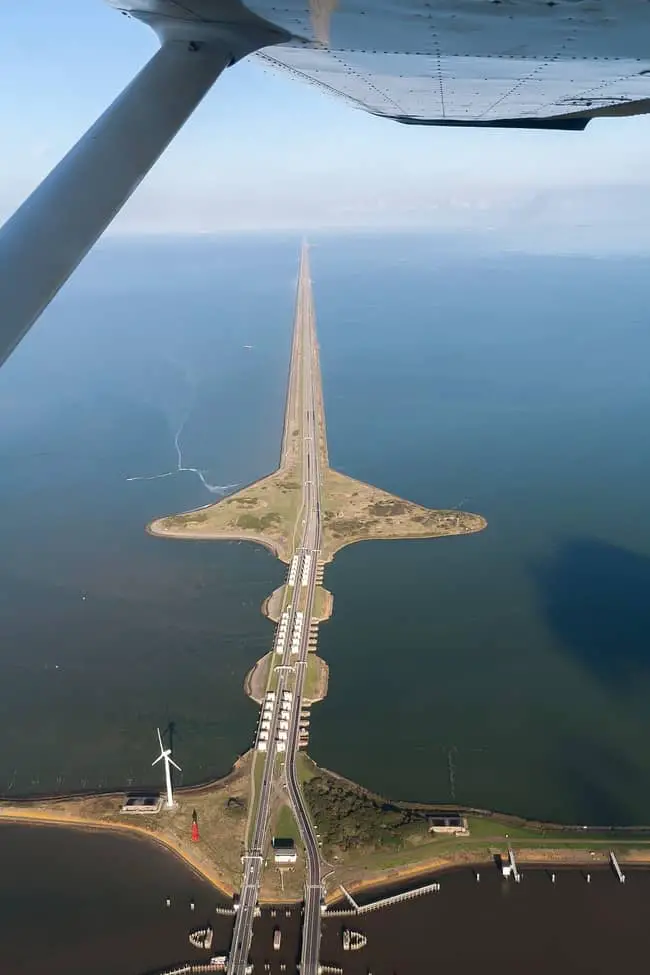
From that time onwards, the city started growing and developing until the 17th century, when it reached the highest peak of cultural, architectural and artistic development during the Dutch Golden Ages. By then, a lot of the current engineering ideas were developed and the country started an expansion winning the territory to the sea.
The origin of the dam is common to the whole Netherlands and not only to Amsterdam: it is basically the construction of several dams or barriers that create a system to fight the sea and gain territory. These barriers or dams can be as small as to stop the flow of a canal and as big as to stop the sea.
In the case of Amsterdam, the dams that are located by the sea are not visible, but in other places like the northern provinces of the Netherlands, one can see them because the highways are constructed on top of them, the biggest one is Afsluitdijk.
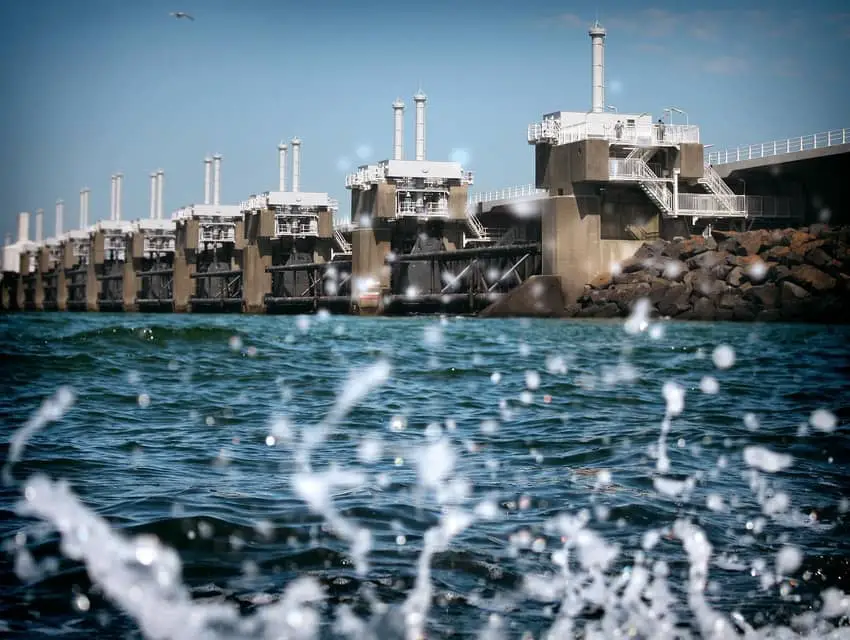
Some people say that the Dutch never invented anything but they made everything they touched better, and in a way it is true: the creation of dam was as old of Mesopotamia and also used commonly by the Roman and their development of engineering. However, it wasn’t until the Dutch that we have seen such progress an amazing creations. When in need, the best ideas come up.
Dutch people have perfectioned this art so much that they have become experts in the world. During Katrina, in 2005, Obama called for the help of Dutch experts in order to regain their lost territory to the water. This is how much they know about it, their whole life and civilization depends on it.
Water Engineering in the Netherlands
Besides dams, Amsterdam is also well-known because of another great piece of engineering: the canals.
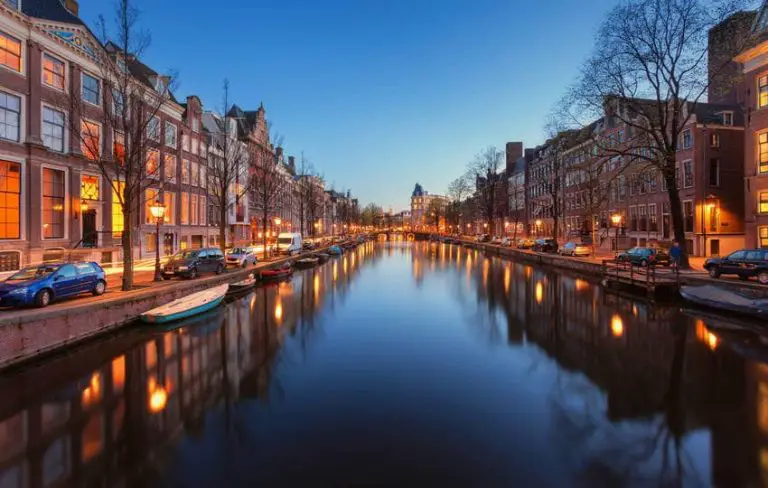
Amsterdam has over 165 canals in the whole city. These were constructed at the beginning of the 17th century, the time of abundance and expansion. Important and wealthy merchants were eager to construct their houses and ateliers by the water to be able to keep their business afloat 😉 and they had enough patrimony to construct these majestic pieces of art that are nowadays recognised as UNESCO World Heritage.
Main canals
The main canals in the centre of Amsterdam are:
- Singelgracht: a canal created in the 15th Century that goes by Amsterdam Central Station to meet the river Amstel and the river Ij.
- Herengracht: Herengracht is literally the Canal of the Lords, which was created during the 16th-17th century by the wealthies citizens of Amsterdam. The biggest houses, nowadays mostly offices, are in this canal.
- Keizersgracht: This is the “Canal of the Emperor”, the second biggest canal in downtown Amsterdam. It takes is name after Emperor Maximilian I, who got a house in this area.
- Prinsengracht: the last of the biggest canals in the Centre of Amsterdam, called like this after the Prince of Orange, the current dynasty that rules in the Netherlands. It was one of the canals constructed during the Dutch Golden Ages.
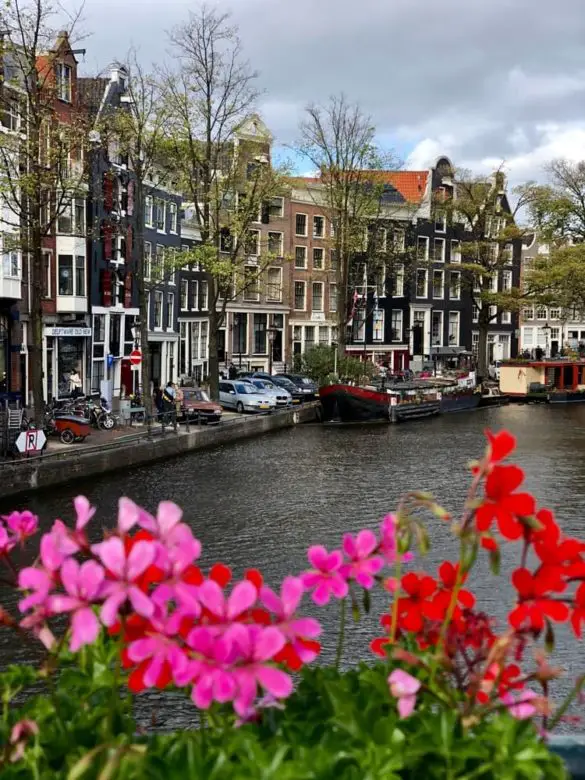
Personal Tip: don’t even bother to ask in Amsterdam if you can see a dam, they will also send you to dam square. The dams are visible in the Northern parts of the countries, in Groningen, Friesland, Flevoland and even the North Holand in the northern territories, but not really in Amsterdam.
Amsterdam Curiosities
After living for many years in Amsterdam and being a curious person, I have gotten to know a lot about the way Dutch people live with water, engineering structures, canals, dams and water flow. If you want to know some curiosities, here are the most popular ones:
Canal flow (smell)
I have written a whole article about this topic because there is a lot to say and many explanations: Do canals in Amsterdam smell? In a nutshell, there is a lot of water flow in the canals in Amsterdam, even in the smallest ones, making it almost impossible even in the warmest days of the summer to smell bad. It smells like water, normal, right?
Where Water Comes From
For those of you wondering, the water in the canals is a mix of freshwater, coming from the rivers and a mix of saltwater, coming from the sea, connection that exists besides the dams. Amsterdam has three main sources for its water:
- The Sea, connected by the delta created by the river Rhine (specifically, the Northern Sea connected to the Atlantic).
- Big rivers and its affluents, mostly the Rhine river that arrives in Amsterdam as the Amstel river, which contributes to the name of the city. Besides this one, another important river that connects the Amstel with the sea is the Ij river. Moreover, rivers are one of the main sources of freshwater for the whole Netherlands, contributing to their big production of greenhouse goods, cattle and the whole field system.
- The Rain, a very well-known one when anybody talks about the Netherlands, with an average yearly rainfall of 700 millimetres, one of the highest in Europe.
Amsterdam Beaches
Yes, Amsterdam has beaches! Not all the country and not the whole city is under the water level. Besides, some of the dams in the Netherlands are in the middle of the sea, not only by the shore. Are you coming to the Netherlands during the summer? Read more about beaches here.
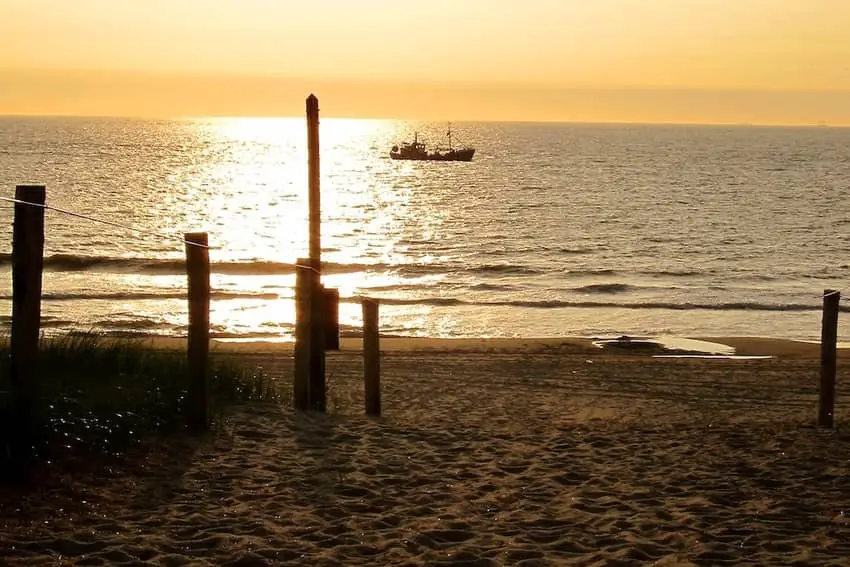
Why is the Netherlands underwater: Delta
Since the Netherlands, including Amsterdam, is the end of the river’s course, the whole country becomes the Delta of the river Rhine.
The Rhine (or Rijn in Dutch) is one of the longest rivers in Europe: it starts its course in Switzerland and it goes through France, Germany, Liechtenstein, Switzerland and Austria, to finish in the Netherlands, in the Northern Sea.
In the Netherlands, the elevation of the river is the sea level, creating a perfect location for overflows in case of rain or a higher flow in certain seasons. Between this and the strength of the sea, since early on back in the day, Dutch had to find a method of conducting the water in a way that would benefit them instead of drawn them.
A’dam
If you want to annoy a Dutch person, and especially an Amsterdammer, do refer to Amsterdam as Dam. I guess if you say Dam they will think of Dam Square if anything. The short for Amsterdam, according to the locals, would be A’dam and Rotterdam as R’dam, something you do when texting. This is not the same a dam, a word that they would use only to refer to a dam, a barrier.
Besides, the right way of pronouncing Amsterdam is with the phonetic accent in the last syllabus, “dam”, both for Amsterdam and Rotterdam. If you do it, they will smile. If you are learning Dutch, it is a must.